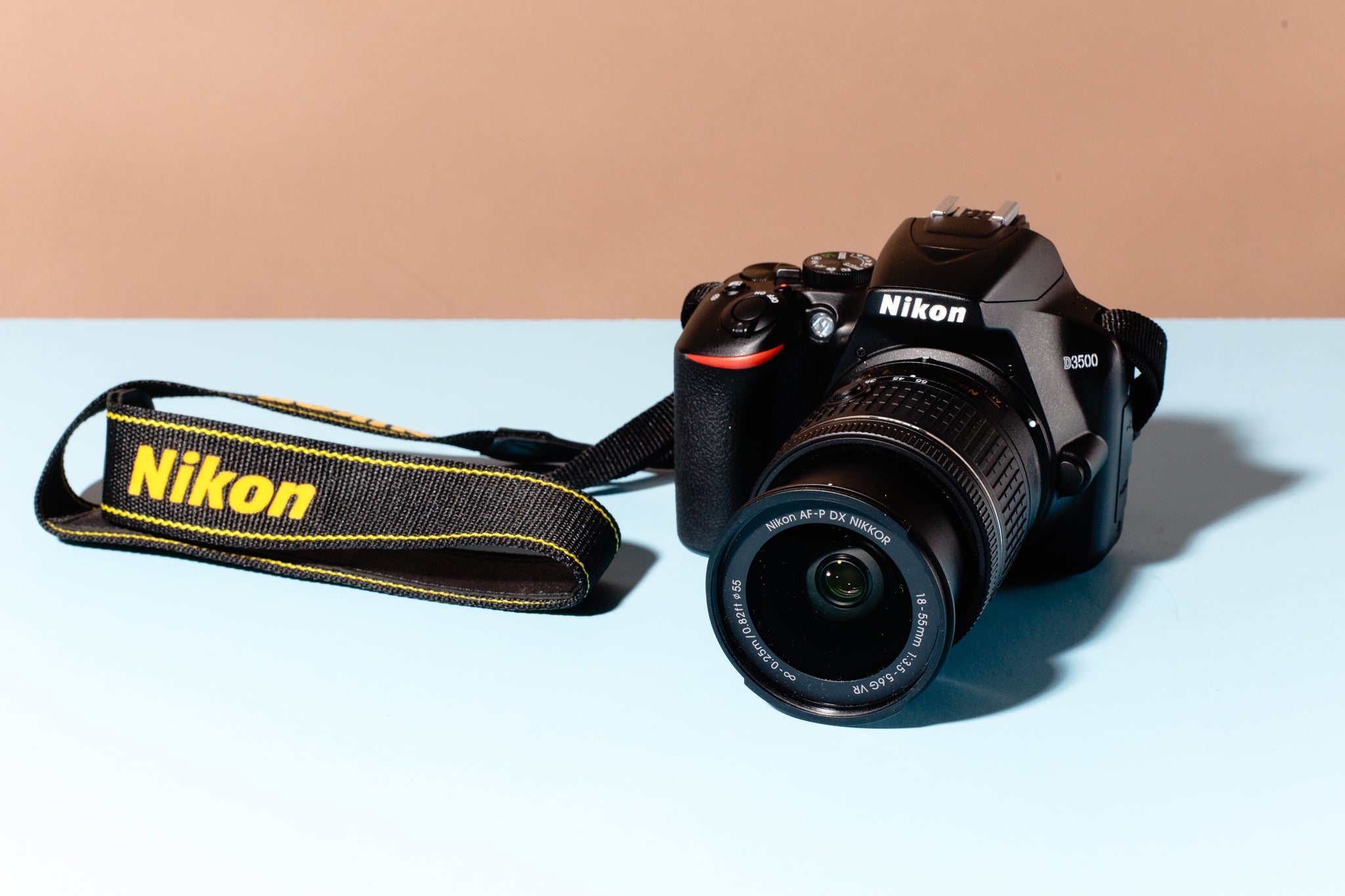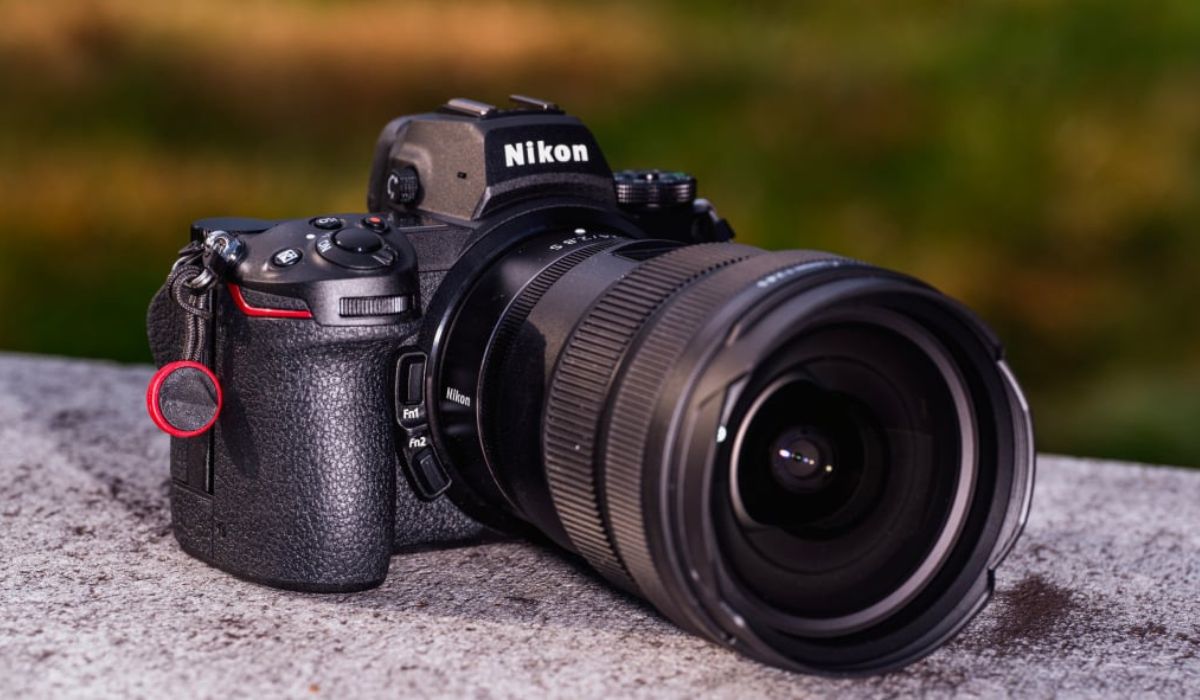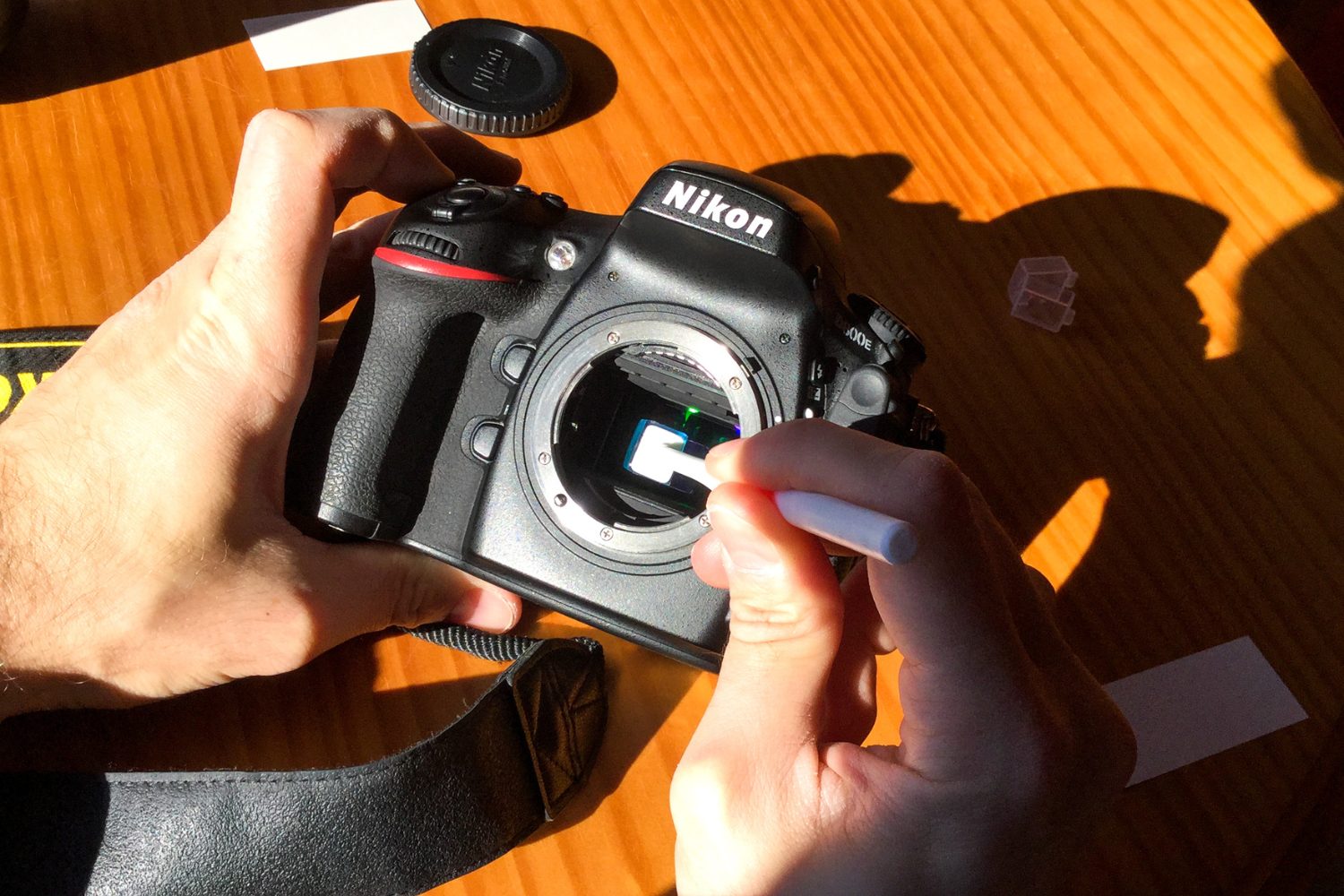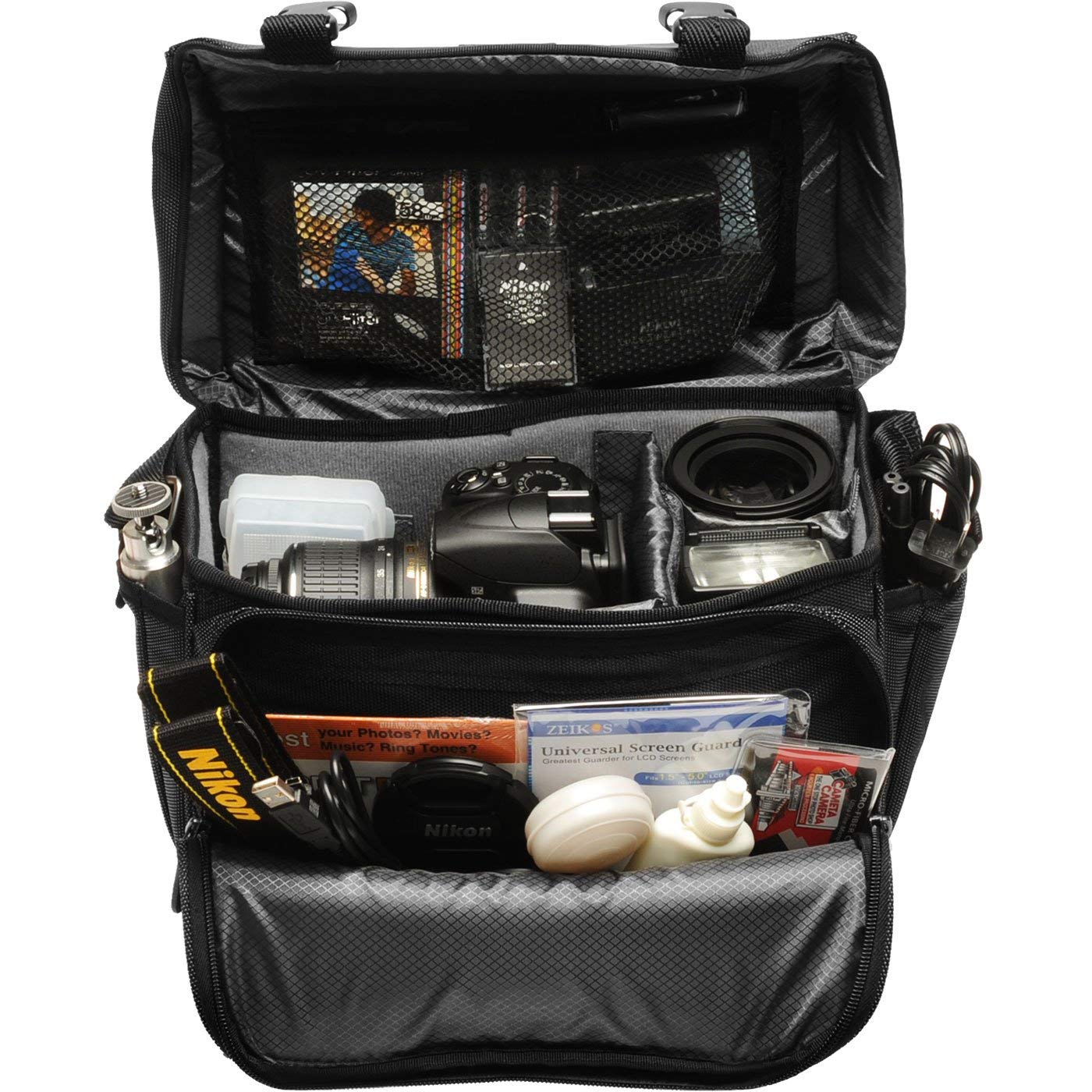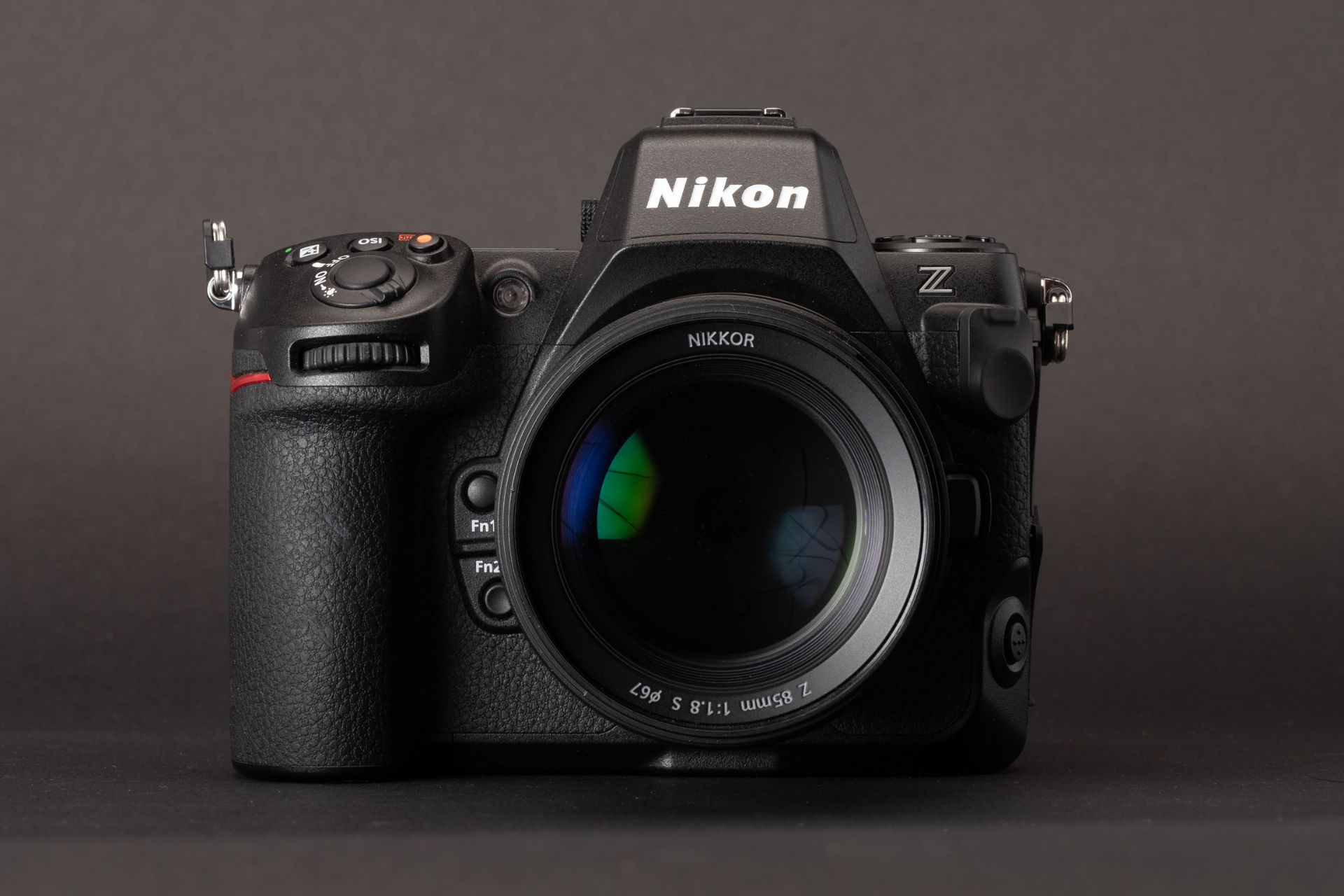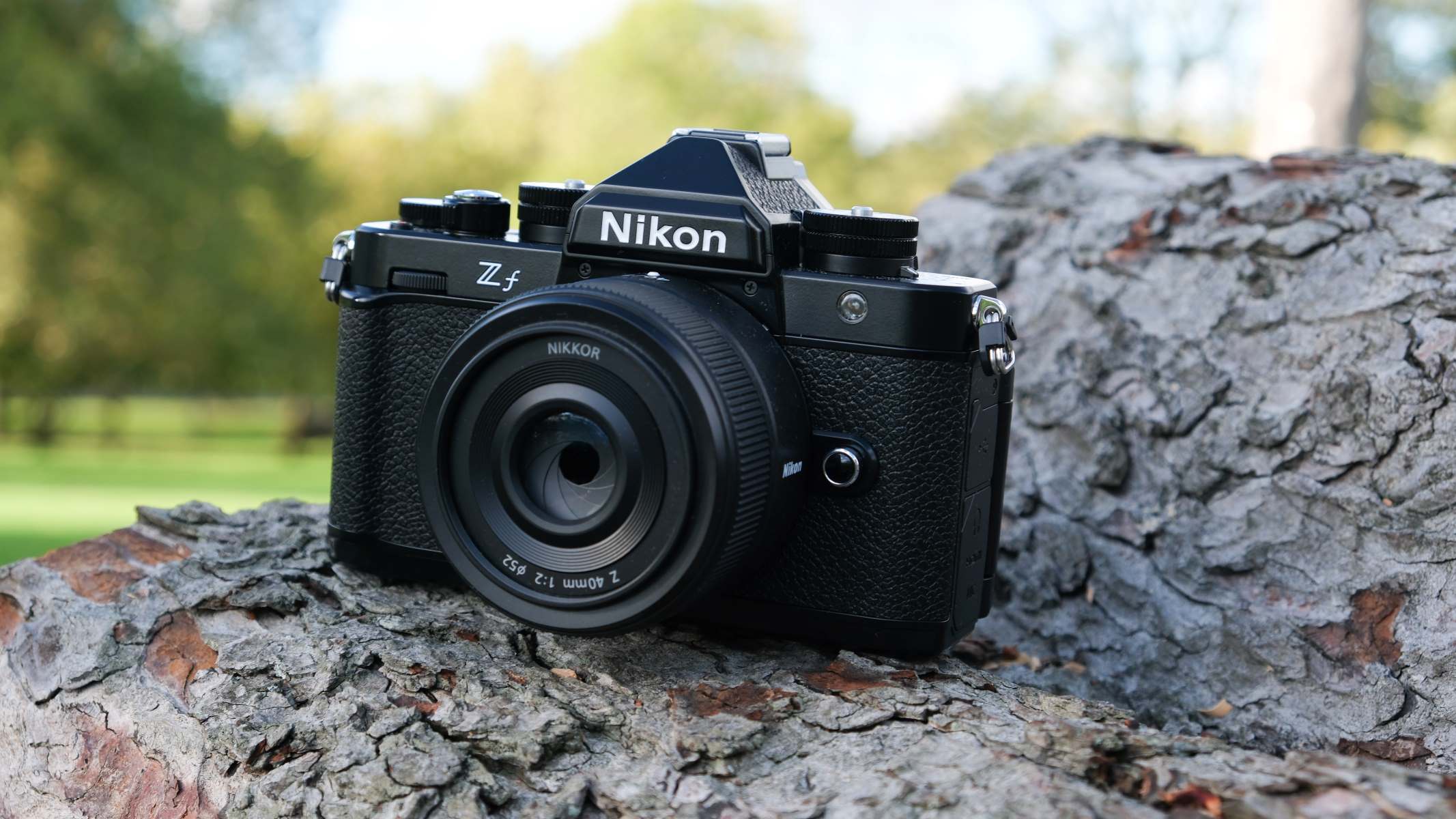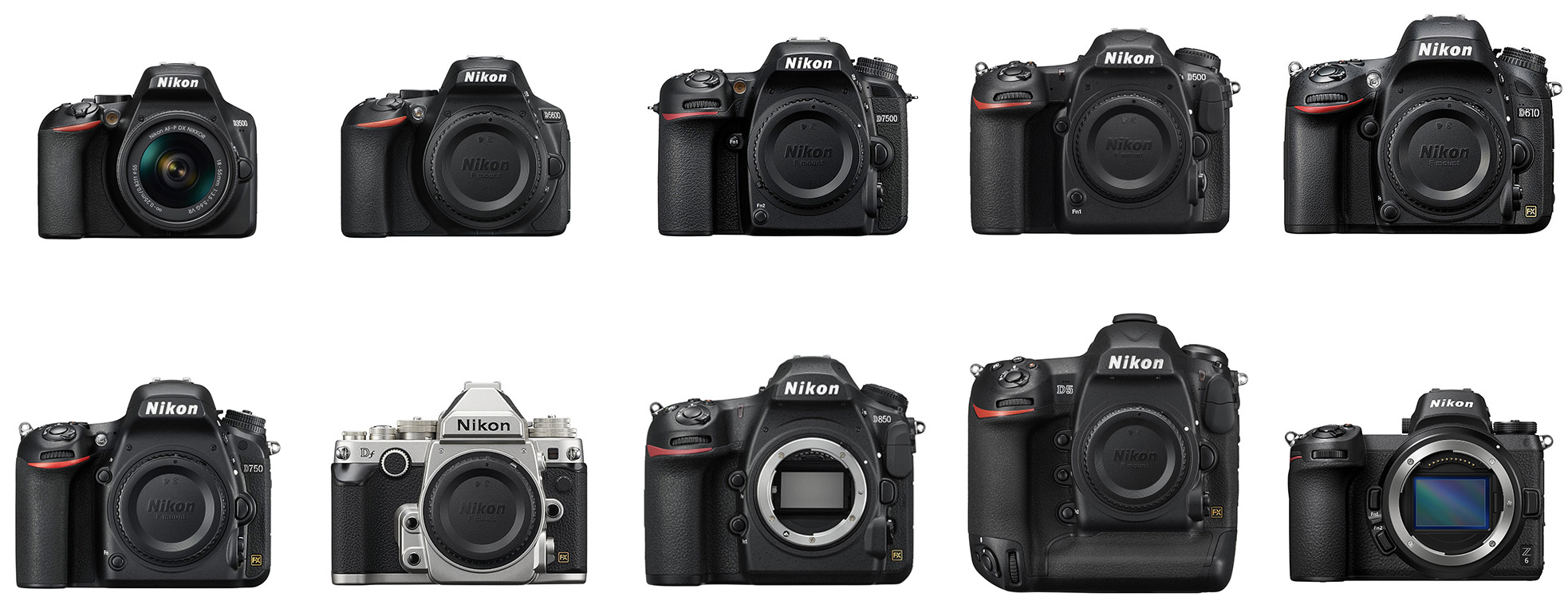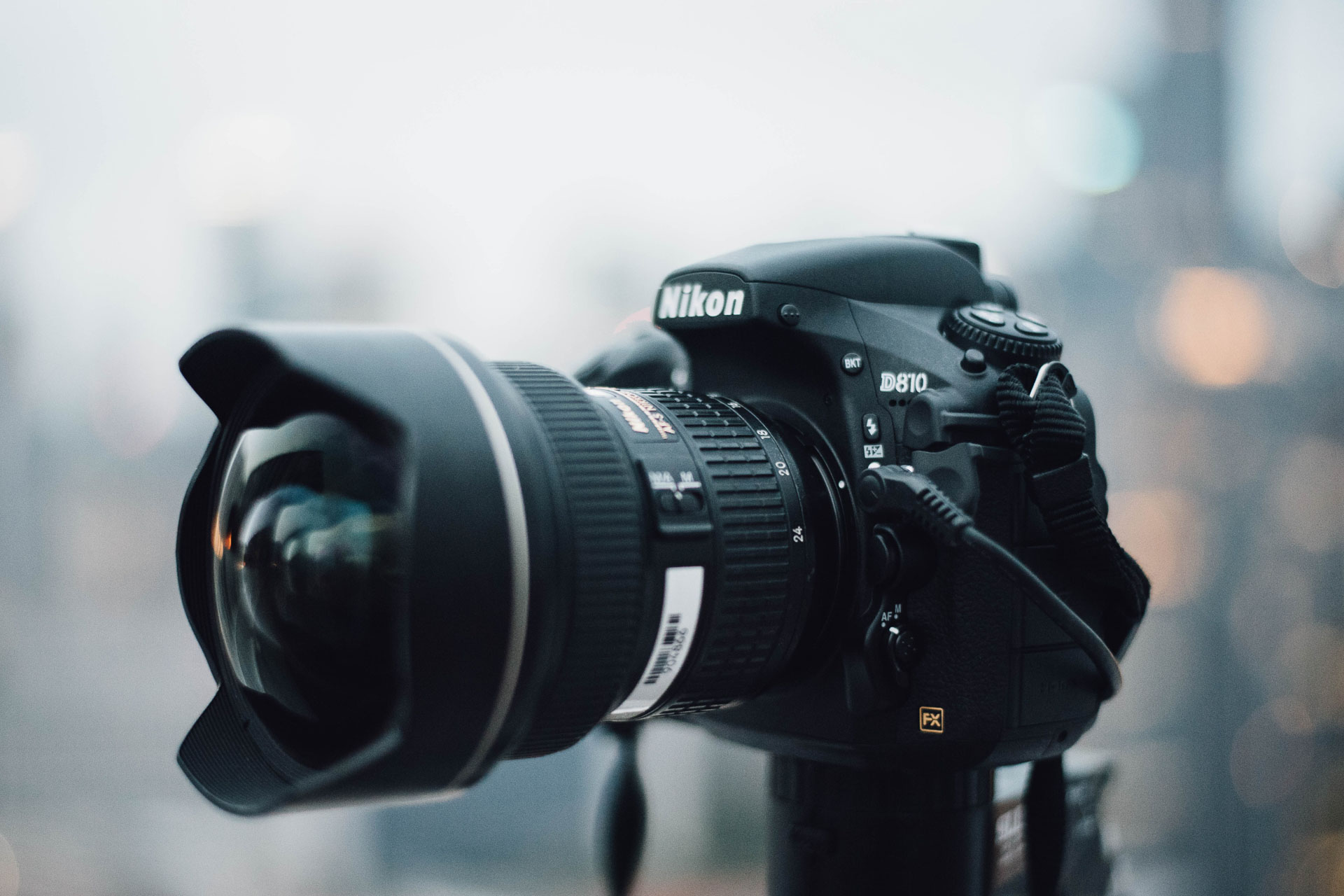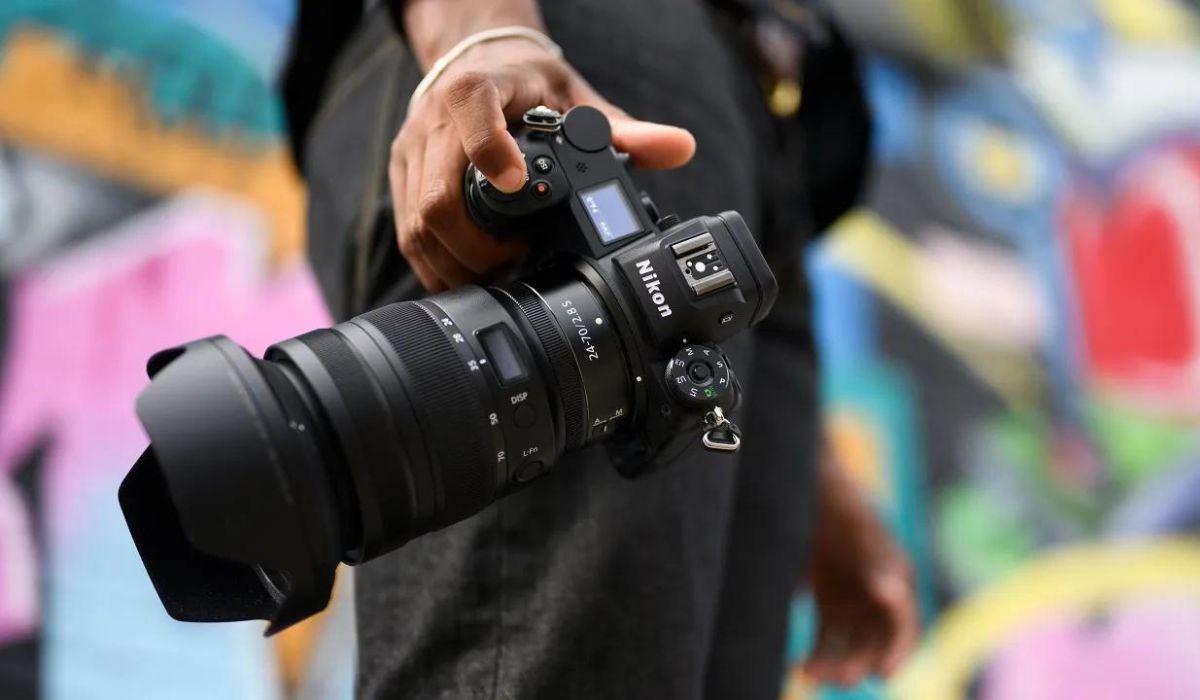Understanding the Basics of Your Nikon DSLR Camera
Congratulations on your new Nikon DSLR camera! It's an exciting journey to delve into the world of digital photography, and understanding the basics of your camera is the first step towards capturing stunning images. Here's a guide to help you get started:
Getting Acquainted with the Camera Body
When you unbox your Nikon DSLR, take the time to familiarize yourself with its different components. The camera body houses the essential controls, such as the shutter button, mode dial, and various function buttons. Understanding the layout of the camera will make it easier to navigate its functions seamlessly.
Exploring the Viewfinder and LCD Screen
The viewfinder allows you to frame your shots while looking through the lens, providing a traditional and direct method of composing your images. On the other hand, the LCD screen offers a digital preview of your shots and allows you to review images and access the camera's menu. Familiarize yourself with switching between these two viewing options to gain a comprehensive understanding of your camera's capabilities.
Mastering the Basic Camera Modes
Most Nikon DSLR cameras come with standard shooting modes such as Auto, Program, Aperture Priority, Shutter Priority, and Manual. Each mode offers different levels of control over settings like aperture, shutter speed, and ISO. Understanding these modes will empower you to capture images according to your creative vision, whether you prefer full control over settings or the convenience of automatic adjustments.
Navigating Essential Settings
Take the time to explore and adjust fundamental settings such as image quality, white balance, and autofocus modes. These settings play a crucial role in determining the overall look and feel of your images. Experimenting with these settings in various shooting conditions will help you gain a deeper understanding of their impact on your photographs.
Handling Memory Cards and Batteries
Ensure that you have a compatible memory card with sufficient storage capacity to capture your images. Additionally, familiarize yourself with the battery and its charging process to avoid any interruptions during your photography sessions. Understanding these basic logistics will help you stay prepared for extended shooting sessions.
By familiarizing yourself with these fundamental aspects of your Nikon DSLR camera, you'll be well-equipped to embark on your photography journey with confidence. As you continue to explore and practice, you'll uncover the full potential of your camera and unleash your creativity through captivating imagery.
Navigating the Camera Menu
Understanding the intricacies of your Nikon DSLR camera’s menu system is essential for harnessing its full potential. Here’s a comprehensive guide to help you navigate through the various menu options and settings:
Accessing the Menu
To access the camera menu, locate the Menu button on your camera and press it to reveal a plethora of settings and options. The menu serves as the control center for customizing your camera’s functions, allowing you to tailor settings according to your specific shooting requirements.
Understanding Menu Categories
The menu is typically categorized into sections such as Shooting Menu, Playback Menu, Custom Settings Menu, Setup Menu, and Retouch Menu. Each category houses a distinct set of options related to shooting, image review, customization, camera setup, and post-capture editing. Familiarizing yourself with these categories will streamline your navigation through the menu.
Customizing Settings
Within each menu category, you’ll find a range of customizable settings that cater to different aspects of photography. From adjusting image quality and file format to fine-tuning autofocus and metering options, the menu provides extensive control over your camera’s functionality. Take the time to explore and understand each setting to optimize your shooting experience.
Utilizing Shortcut Buttons
Some Nikon DSLR cameras feature dedicated shortcut buttons that provide quick access to frequently used settings, bypassing the need to delve into the menu system. These buttons, often labeled with icons representing specific functions like ISO, white balance, and exposure compensation, allow for swift adjustments while shooting. Understanding and utilizing these shortcuts can significantly enhance your efficiency in capturing images.
Resetting to Default Settings
In the event of accidental changes or the need to restore the camera to its original settings, the menu offers an option to reset all settings to their defaults. This feature serves as a safeguard against unintended alterations and provides a convenient way to start afresh when needed.
Mastering the navigation of your Nikon DSLR camera’s menu will empower you to tailor its functions to suit your individual shooting style and preferences. By delving into the menu system and customizing settings according to your creative vision, you’ll unlock the full potential of your camera and elevate your photography skills to new heights.
Mastering Different Shooting Modes
One of the key features that sets Nikon DSLR cameras apart is their array of versatile shooting modes, each designed to cater to specific photography scenarios. Mastering these modes empowers you to adapt to diverse shooting conditions and capture images with precision and creativity. Here’s a comprehensive overview of the different shooting modes and their applications:
Auto Mode
The Auto mode, often denoted by a green camera icon, is ideal for beginners and those seeking a hassle-free shooting experience. In this mode, the camera automatically adjusts settings such as aperture, shutter speed, and ISO to deliver well-exposed images without requiring manual intervention. While convenient, Auto mode offers limited control over creative aspects of photography.
Program Mode
In Program mode, denoted by a “P” on the mode dial, the camera sets the aperture and shutter speed, while allowing you to adjust other settings such as exposure compensation, ISO, and white balance. This mode offers a balance between automation and manual control, making it suitable for a wide range of shooting situations.
Aperture Priority Mode
Aperture Priority mode, indicated by “A” or “Av” on the mode dial, enables you to manually set the aperture while the camera adjusts the corresponding shutter speed for proper exposure. This mode is ideal for controlling depth of field, making it suitable for portrait photography, macro shots, and creative compositions.
Shutter Priority Mode
Shutter Priority mode, denoted by “S” or “Tv” on the mode dial, allows you to set the desired shutter speed while the camera adjusts the aperture accordingly. This mode is beneficial for capturing moving subjects with sharpness or creatively conveying motion through intentional blur.
Manual Mode
In Manual mode, represented by “M” on the mode dial, you have complete control over both aperture and shutter speed, providing maximum creative freedom. While it requires a deeper understanding of exposure principles, Manual mode offers unparalleled control over the final look of your images.
Scene Modes
Nikon DSLR cameras often feature a variety of pre-programmed Scene modes tailored to specific shooting scenarios such as portraits, landscapes, sports, and night photography. These modes optimize settings to suit the respective scenes, making them convenient for capturing specialized subjects.
By mastering the different shooting modes offered by your Nikon DSLR camera, you’ll gain the flexibility to adapt to diverse shooting conditions and express your creativity through a variety of photographic styles. Understanding the nuances of each mode empowers you to capture images that resonate with your artistic vision and technical precision.
Exploring Manual Settings
Delving into the manual settings of your Nikon DSLR camera opens up a realm of creative possibilities and precise control over your photographic output. Understanding and harnessing these settings empowers you to tailor every aspect of the image capture process according to your vision. Here’s a comprehensive exploration of the manual settings and their significance:
Exposure Control
Manual settings allow you to take full control of exposure parameters, including aperture, shutter speed, and ISO. Adjusting the aperture enables you to control the depth of field, determining the extent of background blur or sharpness in your images. Manipulating the shutter speed allows for creative control over motion blur or freezing fast-moving subjects. Additionally, fine-tuning the ISO sensitivity influences the overall brightness and graininess of the images.
White Balance
White balance adjustment is crucial for ensuring accurate color representation in varying lighting conditions. Manual white balance settings enable you to compensate for different light sources, such as natural daylight, fluorescent lighting, incandescent bulbs, and cloudy skies. By customizing the white balance, you can achieve true-to-life color rendition in your photographs.
Focus Control
Manual focusing provides precise control over the point of focus in your images. While autofocus is convenient in many situations, manual focus allows for fine-tuning the focus point, especially in challenging lighting or when capturing intricate details. This level of control is particularly valuable in macro photography and capturing subjects with selective focus.
Metering Modes
Nikon DSLR cameras offer various metering modes, such as matrix, center-weighted, and spot metering. Understanding and utilizing these manual metering modes allows you to dictate how the camera evaluates and sets exposure, catering to different lighting and subject scenarios. This level of control ensures accurate exposure in a wide range of shooting conditions.
Custom Functions
Exploring the custom functions within the manual settings provides an opportunity to tailor the camera’s behavior to suit your specific shooting preferences. This may include customizing button assignments, configuring autofocus tracking modes, or setting up bracketing options for exposure or white balance. Custom functions allow for personalized optimization of the camera’s capabilities.
By delving into the manual settings of your Nikon DSLR camera, you unlock a realm of creative control and technical precision. As you familiarize yourself with these manual adjustments and incorporate them into your photography workflow, you’ll witness a newfound level of customization and artistry in your image-making process.
Understanding Lenses and Accessories
Comprehending the role of lenses and accessories in your Nikon DSLR photography setup is paramount to expanding your creative horizons and achieving diverse visual outcomes. From lenses that influence perspective and depth of field to accessories that enhance functionality and convenience, each component plays a crucial part in shaping your photographic endeavors. Here’s an insightful exploration of lenses and accessories and their significance in the realm of DSLR photography:
Diverse Lens Options
Nikon offers a wide range of lenses catering to various photographic genres and shooting styles. From versatile zoom lenses that cover a broad focal range to prime lenses renowned for their exceptional optical quality and wide apertures, the choice of lenses significantly impacts the visual aesthetics of your images. Understanding the characteristics and applications of different lenses empowers you to select the most suitable optics for each photographic scenario.
Prime Lenses
Prime lenses, characterized by a fixed focal length, offer exceptional sharpness, low-light performance, and the ability to achieve beautiful background blur, also known as bokeh. These lenses are favored for portrait photography, street photography, and capturing scenes with a distinct emphasis on subject isolation and visual impact.
Zoom Lenses
Zoom lenses provide versatility by encompassing a range of focal lengths within a single unit, allowing for compositional flexibility without the need to change lenses. They are well-suited for various genres such as travel photography, events, and everyday shooting, offering convenience and adaptability in diverse shooting scenarios.
Specialty Lenses
Nikon offers specialty lenses designed for specific purposes, such as macro lenses for close-up photography, fisheye lenses for exaggerated perspectives, and tilt-shift lenses for precise control over perspective and depth of field. These lenses cater to niche photography genres and enable you to explore unique visual expressions.
Essential Accessories
Besides lenses, accessories such as external flashes, tripods, camera bags, and remote shutter releases contribute to enhancing the functionality and convenience of your photography endeavors. External flashes provide additional lighting control, tripods offer stability for long exposures and precise composition, while camera bags ensure safe transport and storage of your gear.
Filter Systems
Filter systems, including polarizers, neutral density filters, and graduated filters, expand your creative control by modifying light transmission, reducing reflections, and balancing exposure in challenging lighting conditions. These accessories enable you to manipulate the visual characteristics of your images directly at the point of capture.
By understanding the significance of lenses and accessories in your Nikon DSLR photography toolkit, you gain the insight to make informed choices that align with your creative vision and photographic aspirations. As you explore the diverse options available and integrate them into your workflow, you’ll witness a tangible enhancement in the quality and versatility of your photographic output.







